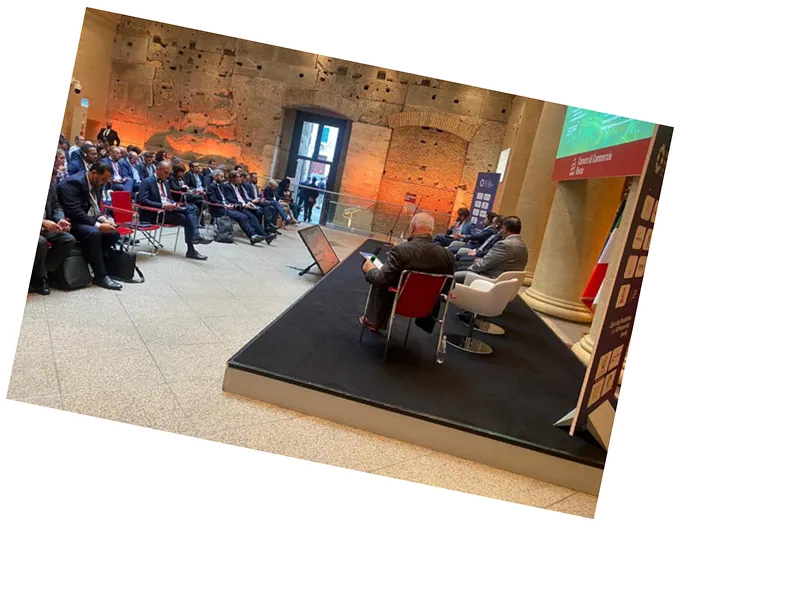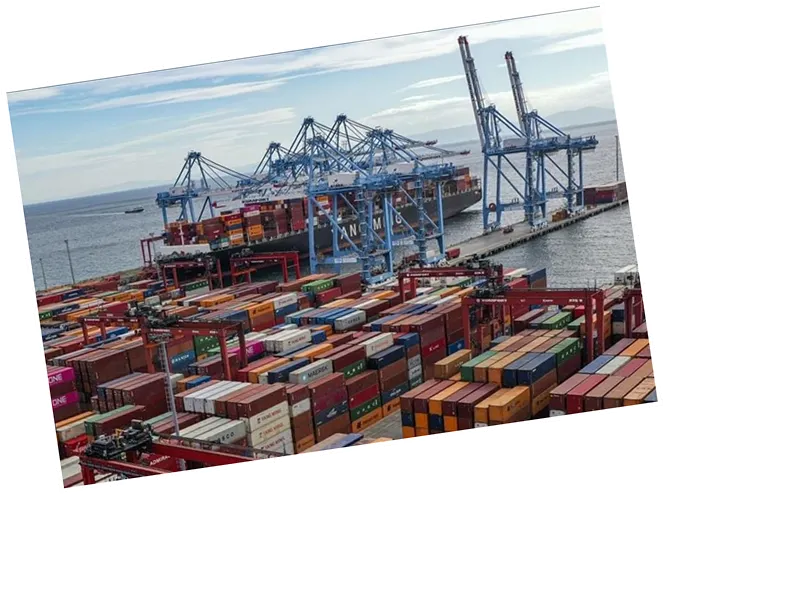Marisa Free Zone: A $10 Billion Investment in Libya's Future
The Marisa Free Zone project, located southwest of Benghazi, Libya, is poised to become the largest economic initiative in Libya and North Africa, covering an area of 1,200 hectares (12 square kilometers). This ambitious project aims to transform Libya's economy from a rentier state dependent on oil to a diversified economic hub. The development includes eight specialized areas, with the main port being a focal point for attracting foreign investment and facilitating trade between Europe, Africa, and the Middle East.
Economic Diversification and Job Creation
Expected to cost around $10 billion, the Marisa Free Zone is projected to create approximately 60,000 direct and 420,000 indirect job opportunities. By focusing on sectors such as light manufacturing, technology, and tourism, the project aligns with Libya's Vision 2040, which aims to reduce reliance on oil revenue. Economic experts believe the initiative could boost Libya's GDP by 15% by 2050, significantly enhancing the country's economic landscape.
Challenges and Strategic Recommendations
Despite its potential, the Marisa Free Zone faces challenges including competition from established trade routes like the Suez Canal and neighboring countries like Egypt and Algeria. To succeed, experts recommend providing financial incentives, establishing a flexible legal framework for investments, and improving security measures for goods in transit. Additionally, investing in education and fostering international partnerships will be crucial for the project's long-term viability.





